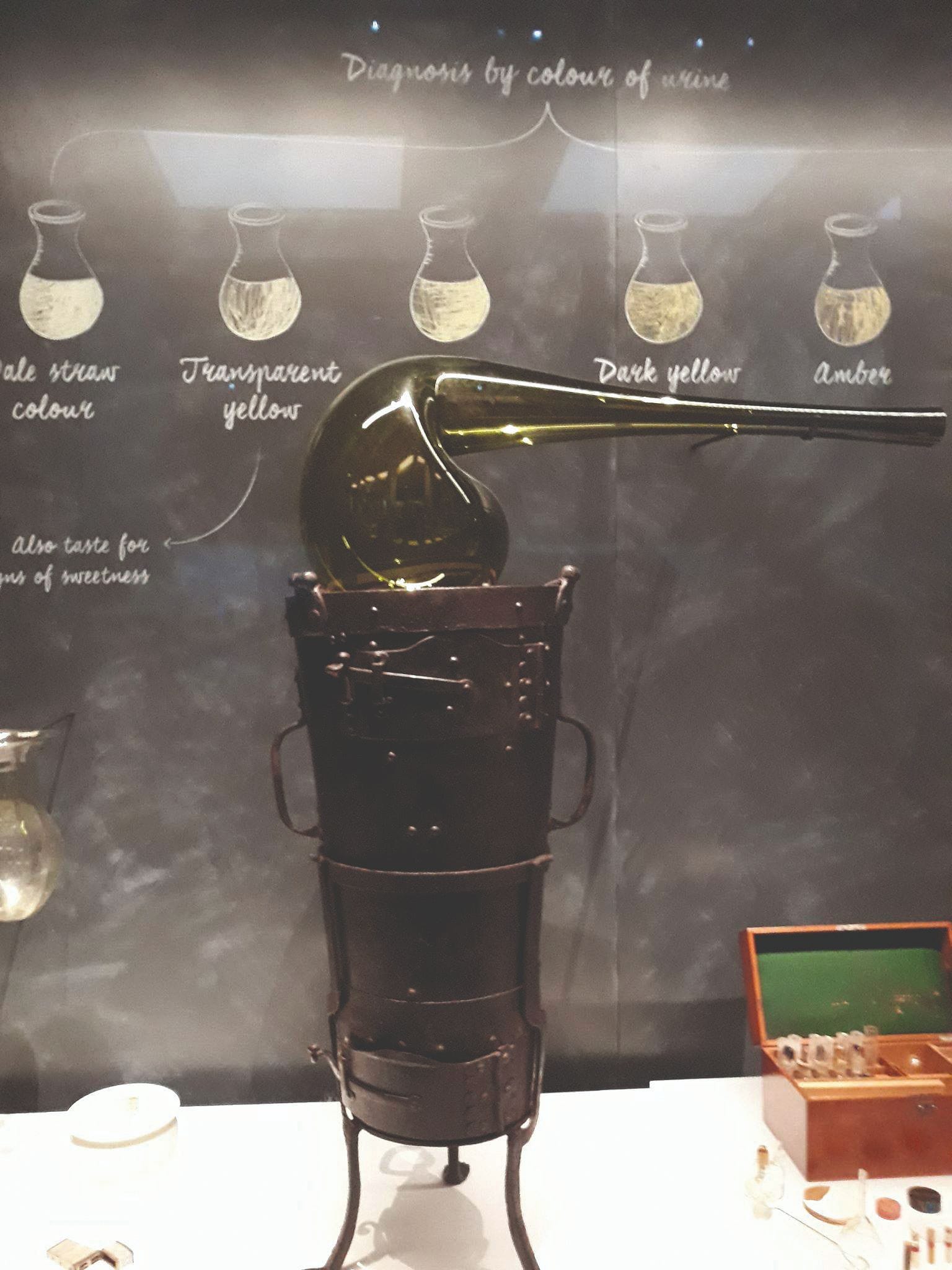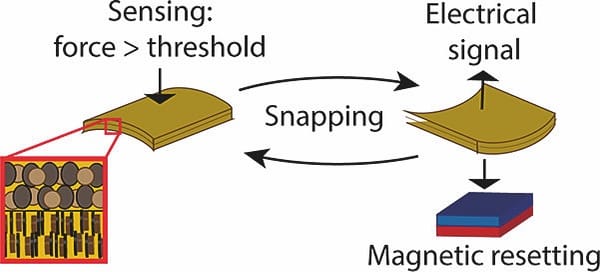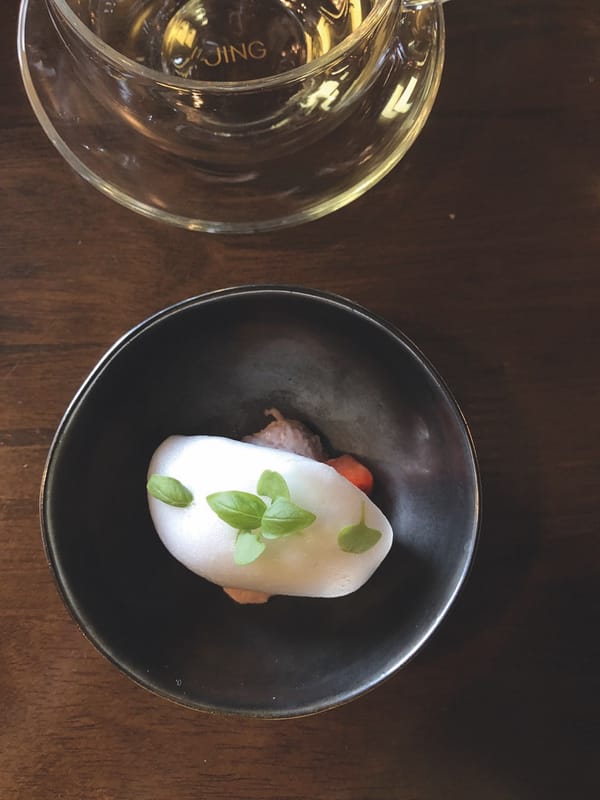Reimagined, Redesigned, and Revamped
It makes up part of the scenery at Imperial, sitting just a right turn out of the South Kensington tube station on Exhibition Road, but the Science Museum’s latest gallery is more than just background viewing

Earlier this month, the Science Museum unveiled their latest exhibition, ‘Medicine: the Wellcome Collection’, a gallery that, put simply, showcases the history of medicine, taking up 3000 square metres of space, spanning over 500 years of history right up to the present day, and presenting with a global reach. More accurately, though, it is a collection of stories that spotlight both the people practising medicine or driving forwards its advancement, and those on the receiving end who have profound experiences to share.
Science Museum veterans might recall the previous medical history gallery which was displayed in specific time-bound periods, such as medicine in the war era. This new gallery takes the best of the old but is completely reimagined, redesigned, and revamped with items from the world’s most extensive medical archive: the Wellcome collection.
Reimagined
“We wanted to take a new approach.” Katie Baumer, Curator of Medicine at the Science Museum, explains the Museum’s masterplan. “We’ve gone for a more thematic exploration of our collection and the history of medicine... So: our exploration of the body, our development of treatments, and looking from a community scale of how we deal with medicine as a society.”
This thematic presentation is powerful, with items like an alchemist’s glassware for boiling up batches of urine placed in the same cabinet as a modern-day toxicologist’s autosampler, used to run blood and urine samples on for the detection of drugs. Advertisements for cigarettes over the last century are displayed side-by-side, showing changes in public perception of the health risks of smoking.
The chosen themes seem to suit the fast-changing, and arguably, more scientifically complex advances of the recent time period than perhaps a traditional chronological display would, allowing developments in instrumentation for understanding disease or human health to be showcased. There’s X-ray crystallography, DNA sequencing, and electroencephalography (ECGs) – by grouping into subthemes such as ‘seeing’ or ‘measuring’, the generalist visitor can understand the technique as an extension of more familiar ways of seeing and measuring. And for those of you who thought physiology dominates medical history, it’s gratifying to see the advances in fields like biochemistry, molecular biology, toxicology or analytical chemistry take a bow!

Redesigned
The exhibition is not just redeveloped in space, but also redesigned in expression. This gallery incorporates various interactive and multimedia elements, including a ‘battle the virus’ game station and a Victorian Pharmacy you can enter and ‘shop’ round. But for me, the most compelling were the videos and audio tapes of individuals telling their own stories, such as Caroline Presho, who discovered she had the BRCA 2 gene (which increases her risk of developing breast cancer later in life), and chose to undergo a preventative double mastectomy. Strong stuff – especially when I realised the nearby cabinet displayed a cast of her breasts before the mastectomy.
It is really something to experience the exhibition from within pockets of personal stories – and there are many more than Caroline’s to hear. In fact, the whole exhibition is connected by the strong sense of community and how we as individuals interact with medicine and healthcare. The emotional journeys we go through in health scares or battles with disease can generate as much hope and fear as a religion inspires, and this sense comes through in many of the stories on offer.
Revamped
The history of medicine has a few staple facts that always get trotted out; the invention of penicillin by Alexander Fleming, the first vaccination for smallpox by Edward Jenner, the discovery of the double helix of DNA by Watson and Crick (and Rosalind Franklin’s data, as we now know) – as Baumer calls them, the ‘big boys’.
But my favourite part of the exhibition was the wealth of new stories it tells – and stories of women. Those big boys are still there, but they aren’t, for once, the focus of their cabinets. Instead, they are joined by a litany of women counterparts.
So, when you visit, you might need to make room in your famous female scientist list, right there, between Marie Curie and Florence Nightingale. Now you can add the two X-ray sisters, Edith and Florence Stones, who made their own way to the frontline in WWI with mobile X-ray machines after being denied entry into the Red Cross on grounds of gender; and Dorothy Hogkins, whose work in X-ray crystallography was key in determining the structure of insulin and advancing diabetes treatment. There’s the American Mary Jacobi who disproved the prevailing theory that women’s pulses weakened during menstruation. Or Edith Widdowson, who took it upon herself to undergo extreme diet experiments to support the Government’s wartime food ration policies.
It was my personal favourite, however, that really struck home; brain specialists Vivian Davey and her husband William Walter, who built the first autonomous robots modelled on the human brain. To see the description written that way made me hopeful that this generation of children brought to the Science Museum on school trips or family fun days would grow up seeing both men and women they could connect with in their experience of science.
Re-visit
I’m sure the Science Museum is a regular trip for many Imperial students, given its proximity, and of course a few other vital student qualities like being dry, warm, and most importantly, free. But even if it wasn’t, I’d highly recommend the next time you come out of the tunnel on Exhibition Road, make a right turn – the Science Museum certainly has.








